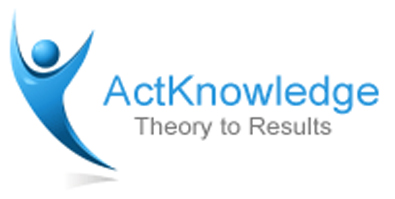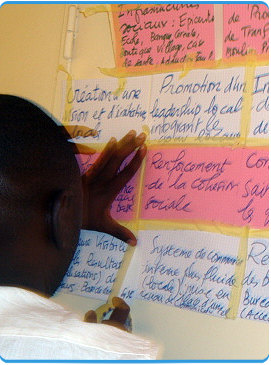“I am actually loving this work more than almost anything else I have done in my professional life so far.”
Elizabeth Jaeger, Ph.D., Assistant Professor of Psychology, St. Joseph’s University, and evaluator for Philadelphia’s Early 2 Learn (E2L) program.
“The concept of a community school, though rooted in common sense, is often times difficult to understand. By addressing the needs of the whole child — academic, social and family — community schools encompass the intersections of the philosophies, languages and practices of several disciplines: education, youth development, social services and community development. The community schools Theory of Change model illustrates this complexity by identifying its various components, their relationships, and dynamic process which ultimately, results in real change.”
Hayin Kim, The Children’s Aid Society, New York City.
“Community schools seek to be responsive to the demands of an increasingly complex 21st century society. Accordingly, as a comprehensive approach rooted in the basic principle of integrating school, family and community, community schools are necessarily complex. At best they are open all the time, house both a health center and a family resource center, extend the school day with enrichment and cultural activities, and foster community development. The community schools Theory of Change provides a logical framework for both process analysis and evaluation. We want to know both how the concepts are implemented and what difference they make in the outcomes for children.”
Joy Dryfoos, independent researcher and author of “Inside Full-Service Community Schools.”
“ActKnowledge and the Aspen Roundtable’s Theory of Change website is a giant leap forward in transplanting the Theory of Change approach into a highly useful, cutting edge tool for planning and evaluating complex efforts to improve important social outcomes.”
Lisbeth B. Shorr, Director
Harvard Project on Effective Interventions, Pathways Mapping Initiative; and author of Within our Reach: Breaking the Cycle of Disadvantage

